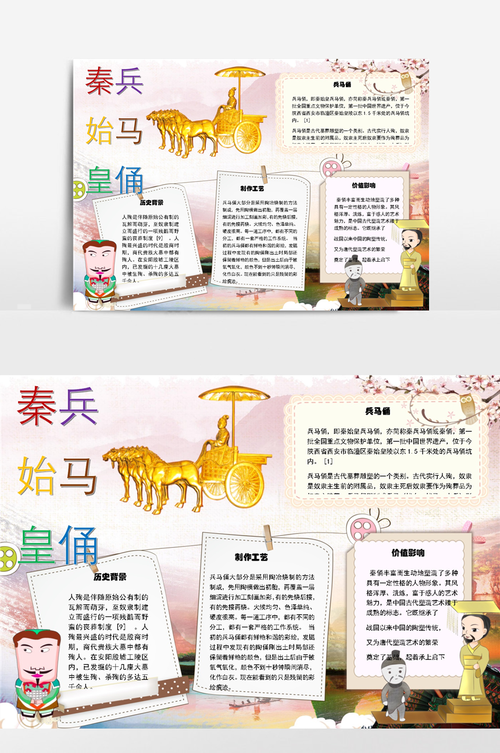
What Can We Learn About Qin Dynasty Life From the Terracotta Army?
The Terracotta Army, discovered in 1974 near Xi'an, China, is one of the most significant archaeological finds of the 20th century. This vast collection of over 7,000 life-size terracotta figures, including warriors, horses, chariots, and weaponry, was commissioned by Qin Shi Huang, the first emperor of China, to protect him in the afterlife. The army provides an unparalleled glimpse into the military organization, artistry, and beliefs of the Qin Dynasty (221-206 BCE).
Immortality and the Afterlife
The very existence of the Terracotta Army speaks volumes about Qin beliefs regarding immortality and the afterlife. The First Emperor, obsessed with achieving immortality, envisioned a subterranean domain that would parallel his worldly existence after corporal death. This belief is evident in:
- The sheer scale of the army: The vast number of figures and the elaborate layout of the pits suggest a desire to recreate the full spectrum of his imperial power in the afterlife.
- The detailed weaponry: Many weapons were found with their original bronze triggers still functional, emphasizing preparedness for any threat in the next life.
- The presence of non-military figures: In addition to warriors, archaeologists have uncovered terracotta officials, acrobats, and musicians, indicating the emperor's desire for a complete and enjoyable afterlife.
Military Organization and Technology
The Terracotta Army offers valuable insights into the military organization and technology of the Qin Dynasty:
- Standardized weaponry and armor: The consistent styles and dimensions of swords, spears, crossbows, and armor point to a centralized military production system, vital for equipping a vast, unified army.
- Specialized military units: The distinct uniforms and equipment of the warriors – archers, infantrymen, charioteers – reveal a sophisticated military structure with specialized units for different combat roles.
- Advanced chariot design: The two-wheeled bronze chariots, each pulled by four horses, demonstrate advanced engineering and metallurgical skills. These chariots were not just ceremonial but powerful weapons platforms used in battle.
Artistry and Craftsmanship
The Terracotta Army is a testament to the artistic skill and craftsmanship of the Qin Dynasty:
- Individualized features: Despite their sheer number, each warrior possesses unique facial features, hairstyles, and expressions, showcasing the meticulous attention to detail and the individual artistry of the sculptors.
- Realistic depiction: The life-size figures are remarkably realistic, with carefully sculpted musculature, clothing folds, and even strands of hair, offering a glimpse into the physical appearance of people from that era.
- Advanced ceramic techniques: Creating such a vast army from terracotta required advanced ceramic production techniques. The figures were molded in parts, fired in kilns, and then assembled, demonstrating a mastery of large-scale ceramic production.
Conclusion
The Terracotta Army is more than just a collection of ancient statues. It is a window into the beliefs, military might, and artistic achievements of the Qin Dynasty. By studying these figures and their surrounding context, we gain a deeper understanding of a pivotal period in Chinese history and the vision of an emperor who sought to conquer both the physical world and the realm beyond death.
Q&A
-
Q: What does the Terracotta Army reveal about Qin beliefs regarding the afterlife? A: The army's scale and composition suggest a belief in a detailed afterlife mirroring earthly existence, where the emperor would continue to wield power and enjoy a fulfilling life surrounded by his court and army.
-
Q: How does the Terracotta Army provide evidence of Qin military sophistication? A: The standardized weaponry and specialized units demonstrate a centralized, well-organized military structure. The advanced chariot design further highlights their technological prowess.
-
Q: What artistic and technological skills are showcased in the creation of the Terracotta Army? A: The individualized features and realistic depiction of the figures showcase exceptional artistic talent. The large-scale production using advanced ceramic techniques like molding, firing, and assembly demonstrates sophisticated craftsmanship.